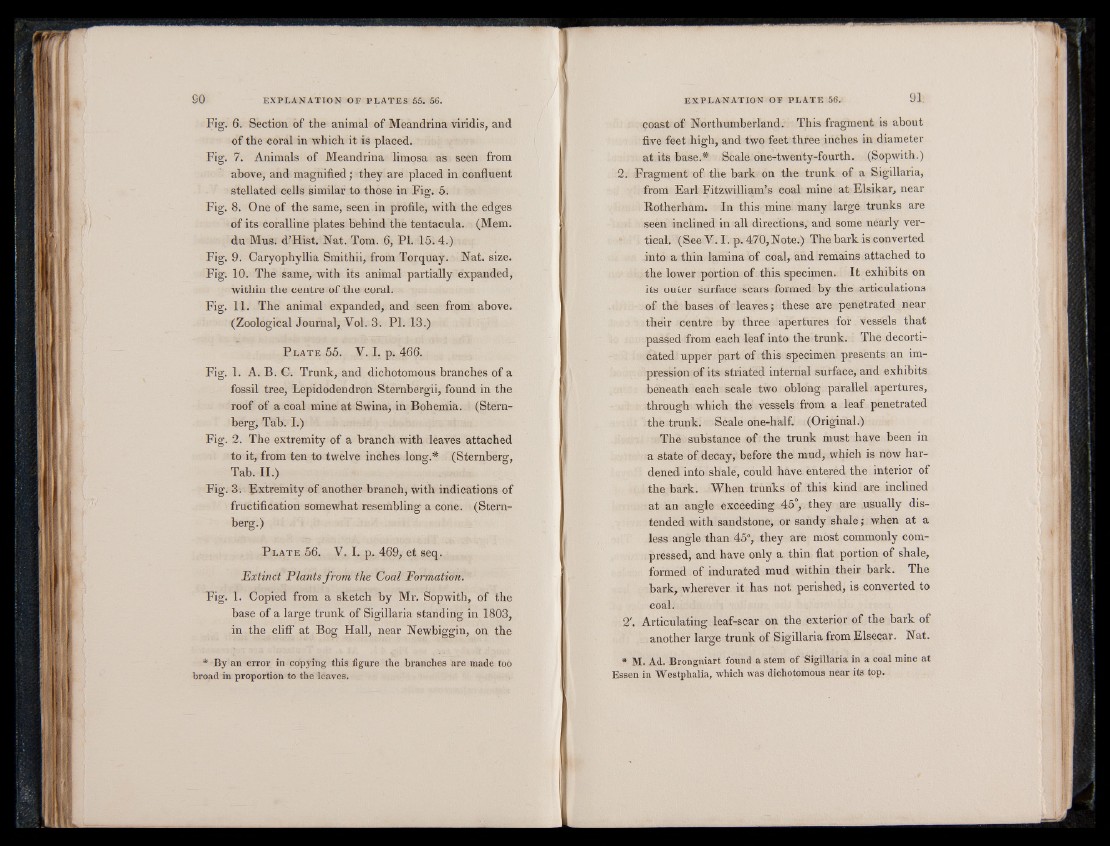
Fig. 6. Section of the animal of Meandrina viridis, and
of the coral in which it is placed.
Fig. 7. Animals of Meandrina limosa as seen from
above, and magnified; they are placed in confluent
stellated cells similar to those in Fig. 5.
Fig. 8. One of the same, seen in profile, with the edges
of its coralline plates behind the tentacula. (Mem.
du Mus. d’Hist. Nat. Tom. 6, PI. 15. 4.)
Fig. 9. Caryophyllia Smithii, from Torquay. Nat. size.
Fig. 10. The same, with its animal partially expanded,
within the centre of the coral.
Fig. 11. The animal expanded, and seen from above.
(Zoological Journal, Yol. 3. PI. 13.)
P late 55. V. I. p. 466.
Fig. 1. A. B. C. Trunk, and dichotomous branches of a
fossil tree, Lepidodendron Sternbergii, found in the
roof of a coal mine at Swina, in Bohemia. (Sternberg,
Tab. I.)
Fig. 2. The extremity of a branch with leaves attached
to it, from ten to twelve inches long.* (Sternberg,
Tab. II.)
Fig. 3. Extremity of another branch, with indications of
fructification somewhat resembling a cone. (Sternberg.)
P late 56. V. I. p. 469, et seq.
Extinct Plants from the Coal Formation.
Fig. 1. Copied from a sketch by Mr. Sopwith, of the
base of a large trunk of Sigillaria standing in 1803,
in the cliff at Bog Hall, near Newbiggin, on the
* By an error in copying this figure the branches are made too
broad in proportion to the leaves.
coast of Northumberland. This fragment is about
five feet high, and two feet three inches in diameter
at its base.* Scale one-twenty-fourth. (Sopwith.)
2. Fragment of the bark on the trunk of a Sigillaria,
from Earl Fitzwilliam’s coal mine at Elsikar, near
Rotherham. In this mine many large trunks are
seen inclined in all directions, and some nearly vertical.
(See Y. I. p. 470, Note.) The bark is converted
into a thin lamina of coal, and remains attached to
the lower portion of this specimen. It exhibits on
its outer surface scars formed by the articulations
of the bases of leaves; these are penetrated near
their centre by three apertures for vessels that
passed from each leaf into the trunk. The decorticated
upper part of this specimen presents an impression
of its striated internal surface, and exhibits
beneath each scale two oblong parallel apertures,
through which the vessels from a leaf penetrated
the trunk. Scale one-half. (Original.)
The substance of the trunk must have been in
a state of decay, before the mud, which is now hardened
into shale, could have entered the interior of
the bark. When trunks of this kind are inclined
at an angle exceeding 45°, they are usually distended
with sandstone, or sandy shale; when at a
less angle than 45°, they are most commonly compressed,
and have only a thin flat portion of shale,
formed of indurated mud within their bark. The
bark, wherever it has not perished, is converted to
coal.
2'. Articulating leaf-scar on the exterior of the bark of
another large trunk of Sigillaria from Elsecar. Nat.
* M. Ad. Brongniart found a stem of Sigillaria in a coal mine at
Essen in Westphalia, which was dichotomous near its top.